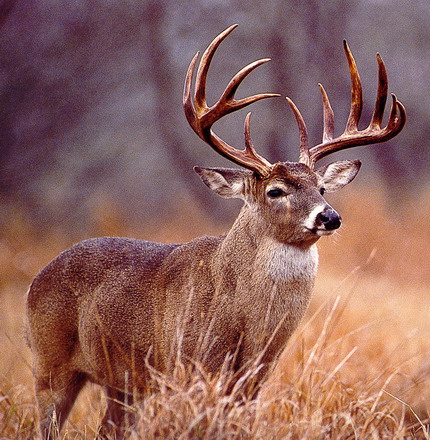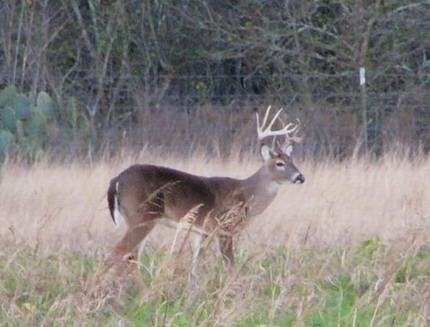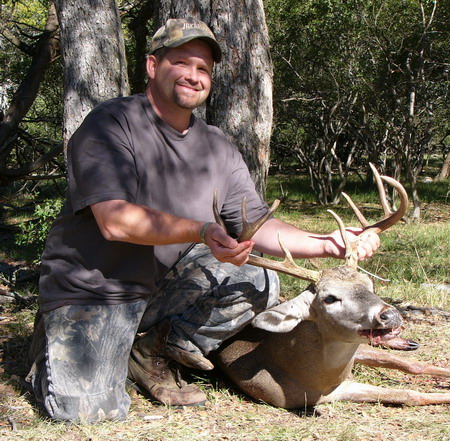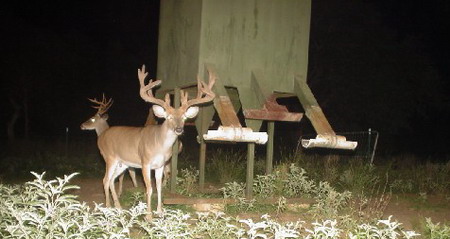
Range and habitat enhancment may be necessary on properties that have received high livestock grazing pressure in the past or have been degraded by other means. Many herbaceous broadleaf plants, known as forbs (but commonly referred to as weeds and wildflowers), are beneficial to wildlife for forage and/or seed production.
Commonly seen as unwanted plant species by farmers or cattle ranchers, the leaves of many forbs provide excellent forage and the seeds are highly sought by doves, quail, and turkey.
Encourage “weed” and wildflower species by the selective application of chemical, biological (eg. grazing management) and/or mechanical means. Native herbaceous plants (grasses and forbs) that provide food and cover for wildlife should be established where they are limited in the habitat. Plant species selected and methods for establishment should be applicable to the soil type and the area of the country your property is located. Non-native species are generally not recommended, but if required for a specific purpose, non-native species should not exceed approximately 25 percent of a seeding mix.
Seeding mixtures that provide maximum native plant diversity are highly recommended. The conversion of improved grass pastures (such as bermudagrass, kleingrass, buffelgrass), old fields, and croplands back to native vegetation is a desirable practice that will benefit wildlife in many ways. Increased nesting and fawning cover, in addition to increased food availability, will help wildlife on your property. Overseeding these areas with locally adapted legumes (eg. clovers, vetches, peas) may assist with the conversion process while increasing plant diversity and providing supplemental wildlife foods.
Periodic disturbance of the ground through shallow tillage (discing) encourages habitat diversity by stimulating the production of native grasses and forbs and can be used to create bare ground feeding habitat required by some species of wildlife. Discing in the fall will encourage cool season forbs while discing during mid-late spring will encourage more warm season forbs.
Remember, wildlife habitat is not about being a pretty, park-like stand of trees or a beautifully mowed lawn. You can manicure your lawn around your buildings, but wildlife like diversity and areas most people wouldn’t view as beautiful. But as they say, beauty is in the eye of the beholder.






